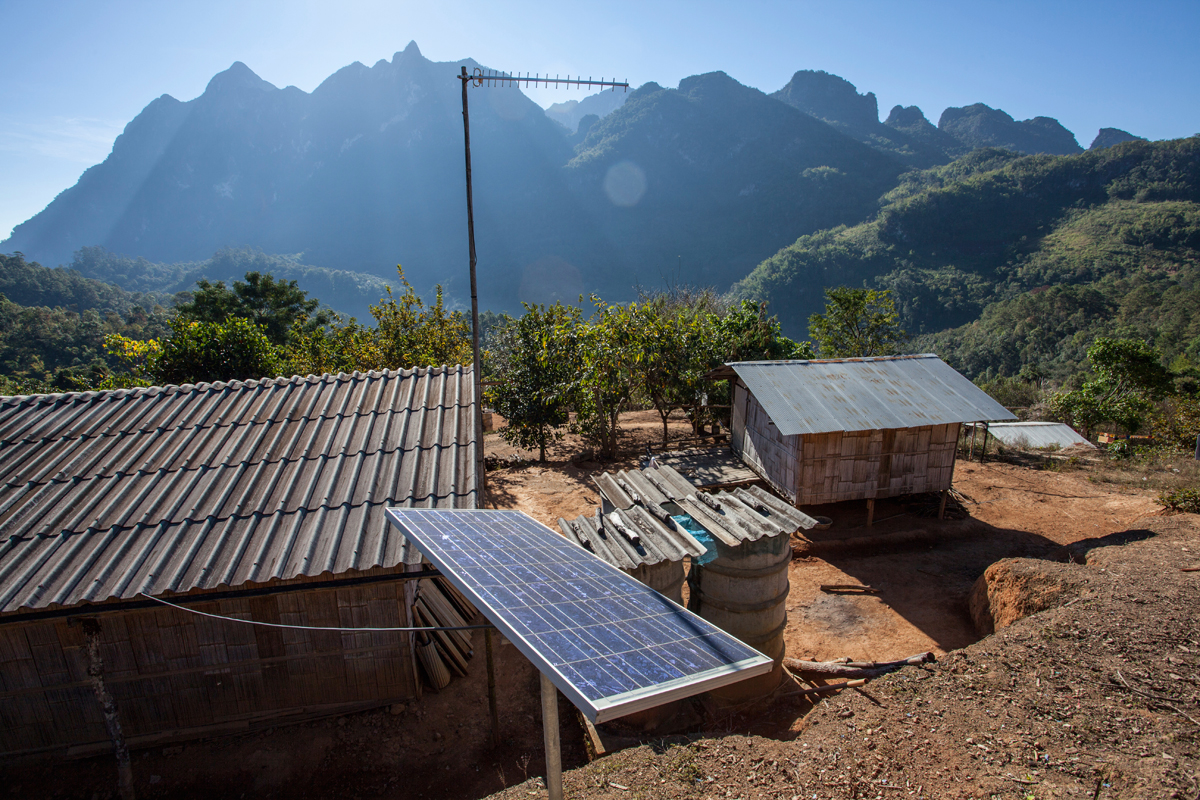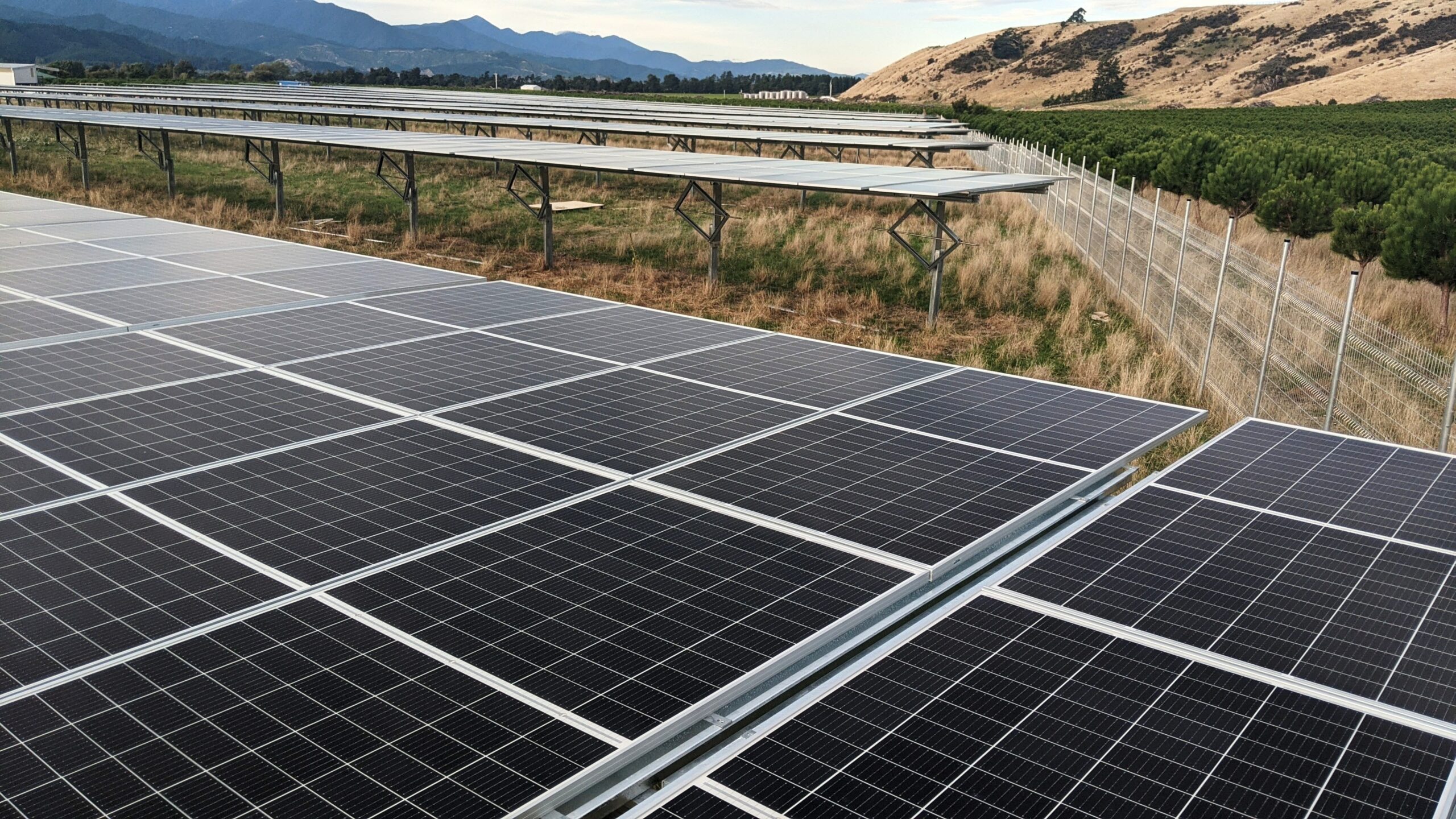The growth in solar generation is a common headline in the energy news of most of the world’s biggest economies. What was for decades a niche industry is now found at the center of energy strategy and trade negotiations at the highest levels of international affairs. But while the most industrialized nations build out thousands of megawatts of new generation capacity, there also a smaller scale solar story that has the potential to impact billions of people living in the developing world.

For residents of countries that lack reliable energy infrastructure or expensive renewable energy technologies, small scale, off-grid solar generation can be life-changing. Today we’re looking at some of the factors affecting the growth of solar energy in developing countries.
The Sun is an Ideal Resource
Developing nations are often located in two distinct ecological zones, the first being hot and humid, and the second being warm and dry. These locations have one thing in common, and that is a consistent supply of potential solar energy. Countries that are along the equator, the subcontinent of Asia and Africa have the benefit of practically endless possibilities for solar power. The only thing missing is the infrastructure, and that is where a solar project can come in.
In fact, according to the International Energy Agency, “projects with low-cost financing that tap high-quality resources, solar PV is now the cheapest source of electricity in history.”
Microgrids are the Key
Within the developing world, solar energy projects are only as strong as the infrastructure around it that will allow it to be delivered. This is a problem in many developing countries, as they lack the foundation and the money to maintain more extensive networks of power infrastructure. Therefore, microgrids are a great option for those who want to install solar panels in the developing world.

Microgrids allow for a small city or village to be covered by a single solar project and provides the infrastructure and storage of power for days. Some tests have been completed in North America and Europe on microgrids, and the results have been positive. A proper set up for a developer will allow for a small city in a rural developing country to have consistent and easy access to power, which is something many of these developing countries have never had.
The Growth of Solar Energy Projects
Solar energy is changing the energy industry across the world, as installations of solar home systems and other renewable energy technologies have continued to gain momentum. Companies such as Angaza are working hard to ensure this technology is also accessible to those living in developing countries. Their platform makes life-changing products such as solar home systems affordable through flexible pay-as-you-go payment plans.
Solar Panels Powering Developing World
The daily headlines reveal that the world is currently at the beginning of being affected by climate change. Developed countries make up most of the carbon emissions, and as developing countries try to boost demand, clean energy might be a way to ensure that climate change can be slowed down. There is no reason that developing nations need to go through the various stages of electricity generation, and instead, they can jump right to green energy and solar. Imagine if China had gone solar during their manufacturing revolution? Now is the time for private entitles to start moving into developing markets such as India, Southeast Asia and Central America to ensure these developing nations have the access and ability to set up renewable options.
With one in seven people living without electricity around the world, ending energy poverty could be the key to ending world poverty. (source)
The next energy revolution will likely be a solar one. The Sun has the potential to bring electricity to the most remote parts of the planet, and with microgrids and smart market infiltration, the right set of solar companies could be ahead of the next sun rush in the developing world.


